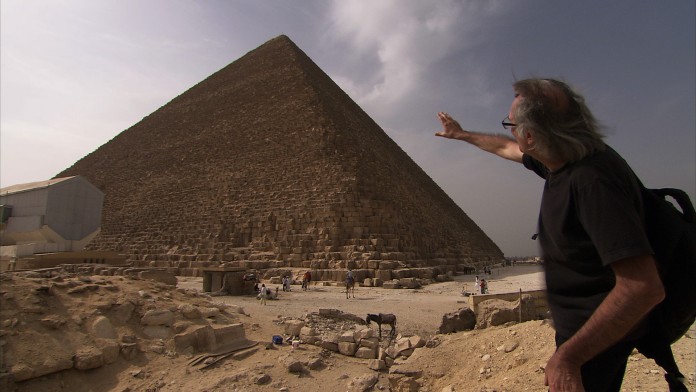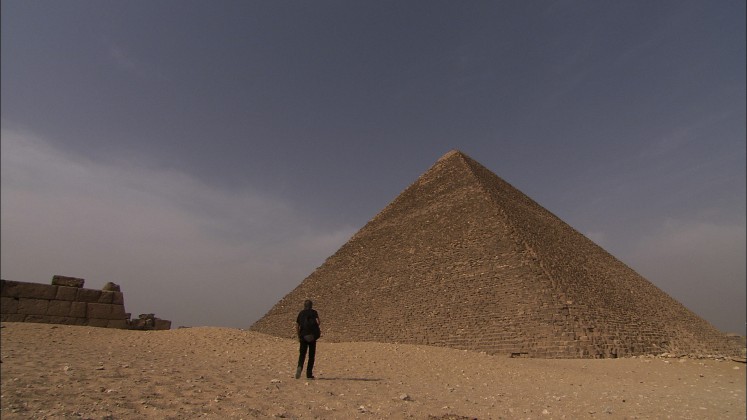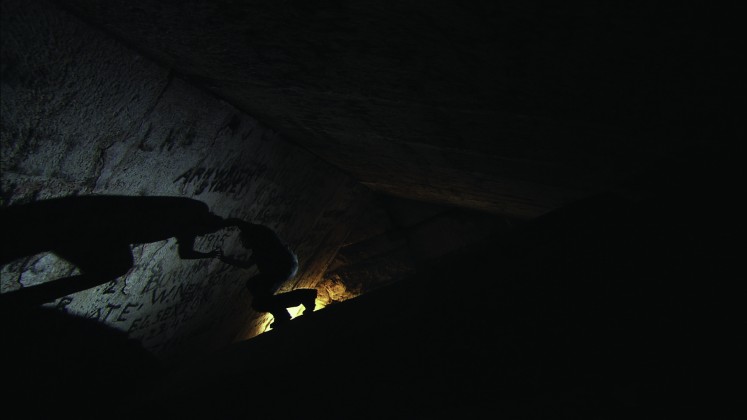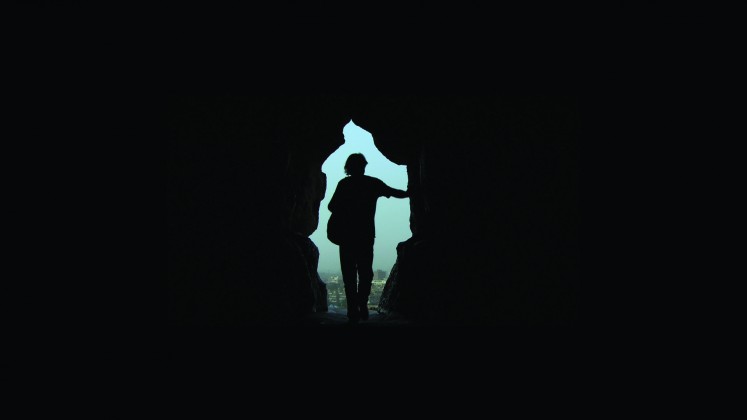by Graciela Becerra
Features Editor
gbecerr1@jccc.edu
French architect Jean-Pierre Houdin, widely known for his groundbreaking theories regarding the construction of the Khufu pyramid, will be visiting the college for a two-day lecture on April 27 and 28. Houdin will be discussing the construction of pyramids during the third and fourth Egyptian dynasties, as well as the internal structure of the Great Pyramid of Khufu, also known as the Great Pyramid of Giza.
Although his theories about the Khufu pyramid have made him an innovator, Houdin hadn’t been interested in the construction of pyramids until his father asked for his help in 1999.
“My father, a retired engineer, watched a documentary [called] ‘How the Pyramids Were Built,’” said Houdin. “At the end of the show he got this genius idea [that] the pyramids were not built from the outside, but from the inside.”
Houdin’s father began drawing sketches of his ideas and recruited Houdin’s help because of his architectural education.
“I found the idea brilliant and … quite rapidly, I understood that … his idea was the idea I had been looking for,” he said. “But instead of being focused on the future, this idea was bringing me back far in the past where I discovered amazing people: ancient Egyptians.”
Houdin committed his time to research because he knew in order to develop the idea, he would need to learn a lot about ancient Egypt.
“I could have gone to university to get a Ph.D in Egyptology,” he said. “But that was not my aim. I’m an architect studying monuments built by architects and engineers, so I think I’m perfectly qualified for that kind of research. I have lots of respect for Egyptologists, for what they’re doing in the core of their work, but I just understood that on the pyramid’s construction side, they were unable to put forward a plausible answer.”
There has been much speculation about how ancient Egyptians managed to move such heavy stones and assemble the 480-foot-high pyramid. Houdin’s main theory speculates there was an exterior ramp as well as a spiraling inside ramp used to build a section of the pyramid. He believes the exterior ramp was later dismantled and brought up through the inside ramp to build the remainder of the pyramid. Houdin also believes the spiraling ramp is still sealed inside the walls of the pyramid, waiting to be found.
“With my father, we got a big boost in summer 2000,” said Houdin. “We met with some specialists who carried the Microgravimetry survey on Khufu’s pyramid [from the 1980s]. Their comments and the documents they gave us were really astonishing. The lower-density spiral rising inside the pyramid was incredibly like our internal spiral ramp. … The similarity between both was incredible.”
Additionally, a team of engineers conducting a two-year test using 3-D simulation concluded the theory to be logical and believed it could have worked because it doesn’t defy the laws of physics.
“3-D drawing and 3-D simulation have been essential to my work, and from day one,” said Houdin. “In June 2005, after having given a lecture in Paris, I was contacted by an engineer working at Dassault Systèmes, a leading 3-D software company. This company was interested in a joint venture with me on my work. … A lot of simulation has been done to certify the plausibility of the inside-out theory and everything works well. From A to Z, we don’t face any trouble.”
The second part of his theory states the Grand Gallery, which is now a passageway for tourists leading up to the burial chamber, was designed to accommodate a conveyor built from logs and used to hoist large stones.
In January 2011, Houdin made an addition to his theories.
“I upgraded our theory because the more time passes, the more I have information [and] knowledge,” said Houdin. “I have more understanding about the thoughts of my ancient colleagues, architects from the fourth Egyptian dynasty.”
He believes there could be a secret passage in the king’s chamber leading to an antechamber. This idea was developed when a stone that bears no weight was found in the king’s chamber in the 19th century. At the time, archeologists dug a hole under the stone and found nothing. Houdin believes the antechamber could be behind the stone.
If this is true, the pyramid would have followed the pattern of previous pyramids made. Houdin notes various air shaft corridors bend in strange and unusual ways for seemingly no reason, other than to possibly avoid the secret antechamber.
But in order to test his theories, Houdin would need authorization from Egypt’s Supreme Council of Antiquities. This authorization has not been granted yet.
“I’m quite confident that I’ve answered all the questions about the construction well,” said Houdin. “And I’m pretty sure now that nobody could have built the pyramids from the outside. … Now, I’m aware that I won’t be 100 percent right in all the details. I was not on the building site — I just did what we call reverse engineering, using my brain.”
One thing Houdin is sure about is he doesn’t regret spending more of than a quarter of his life developing his theories.
“When you do something like I did, you have to keep faith in what you do,” said Houdin. “We must give a meaning to our lives, and life is short.”
The first lecture, on Wednesday, April 27, will be held in the Polsky Theatre at 7 p.m. The next lecture will be held the following day in Hudson Auditorium at 1 p.m.

























